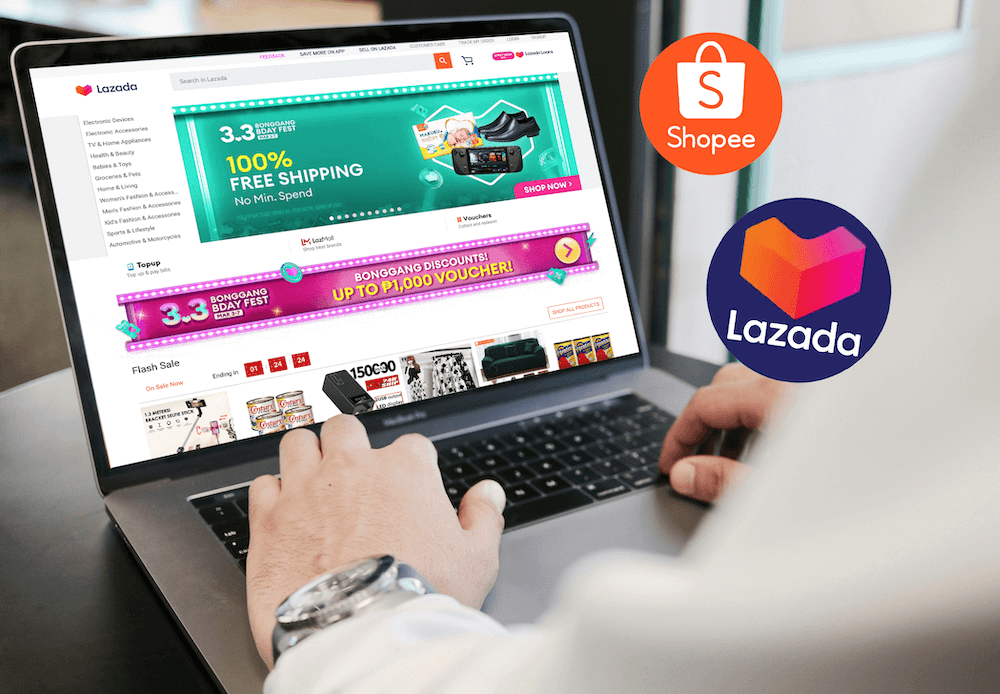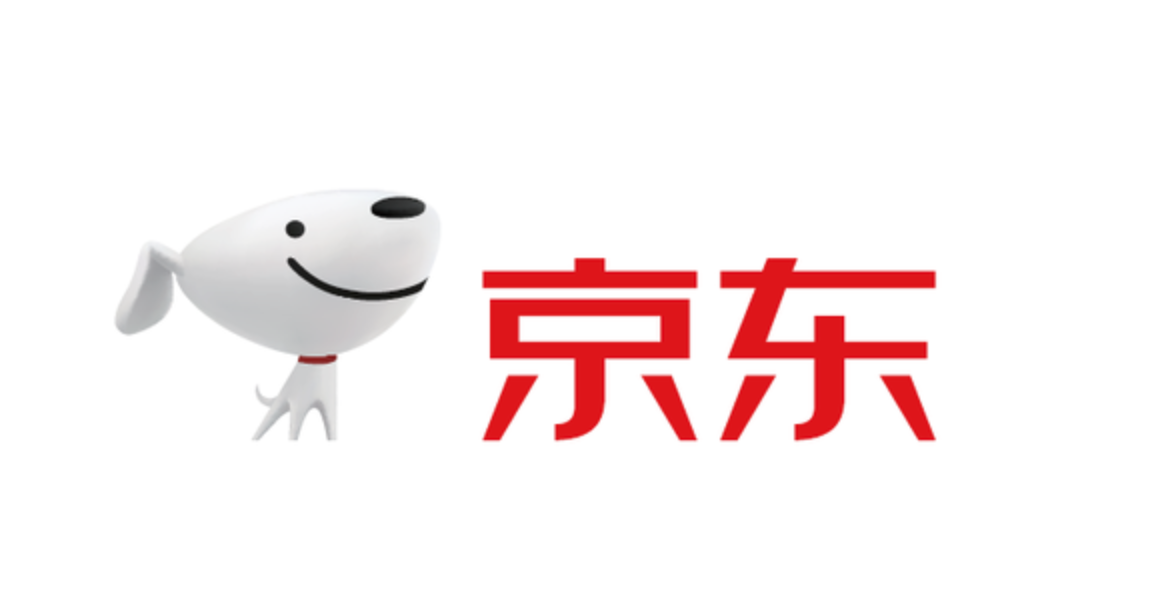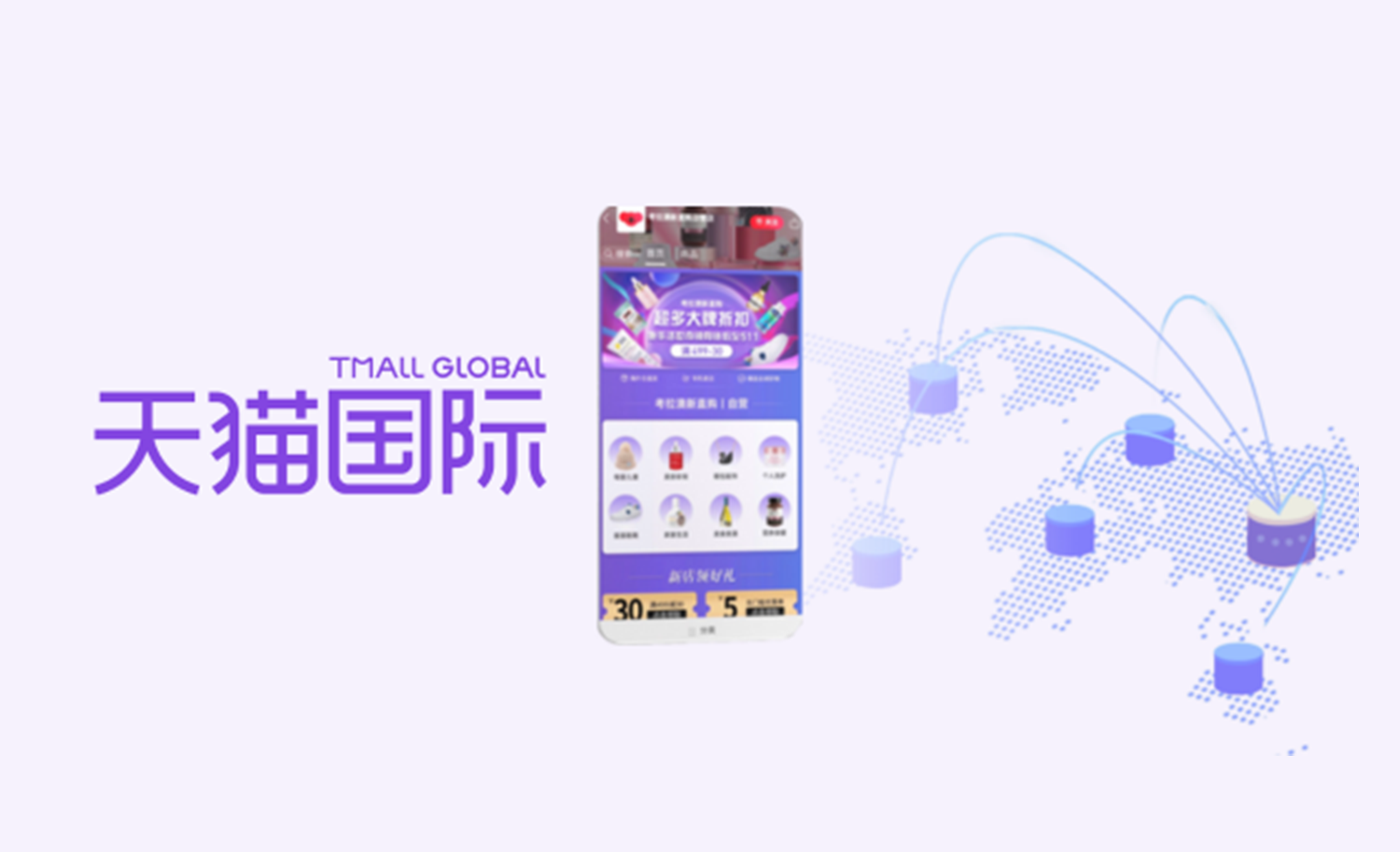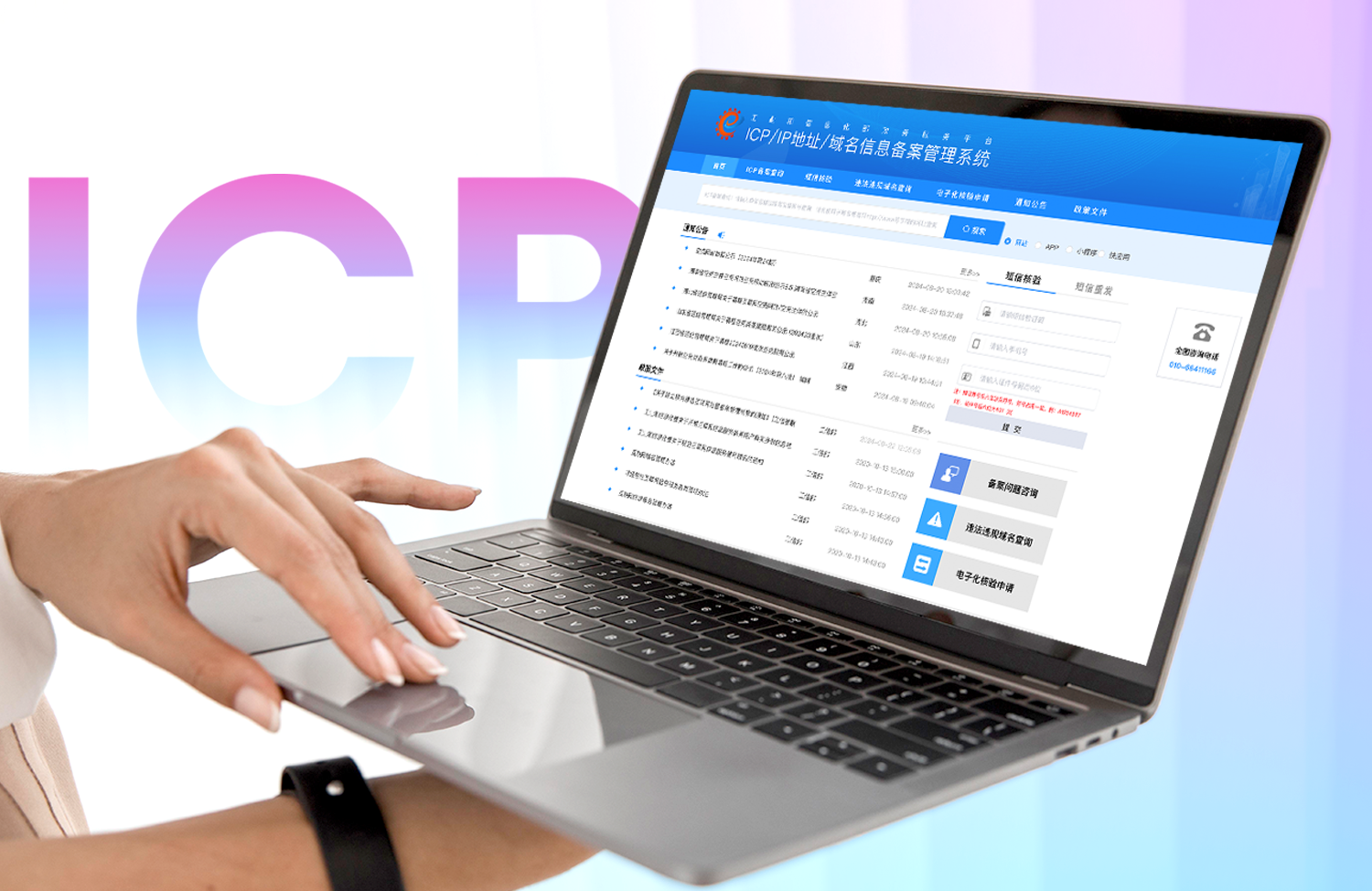Generally speaking, there are 6 main arch-types of eCommerce users. Here they are: wishlist visitor, impulsive visitor, rational visitor, perfectionist visitor, satisfied visitor and hesitant visitor.
To be clear, we are not suggesting that each and every user of your website will fall into one of these 6 categories – probably not. Like many psychological tests, they will probably share traits from 2-3 types, with certain types just being dominant over others.
If you know your audience well, understand what prevalent types it has, you can tailor your eCOmmerce website experience accordingly to reach more efficient conversion.
Wishlist visitor
For this group of visitors there are so many things they would want to buy, but only so many they can afford right now. They probably spend a lot of time selecting or choosing products and then they put products into the cart. (By the way, this is one of the most popular behavioral patterns among Chinese users of eCommerce platforms).
What drives this behavior
This kind of "shopping cart wishlist" is enhanced by the fact that users can delete or add items they want at any time. It is almost like their virtual property which can be saved and can be explored whenever they open the site. No doubt there is a fair amount of psychology behind this.
Strategy
Putting stuff into a cart definitely should be encouraged. Keeping it there without checkout – not so much. Yet you can use such behavior to your advantage by targeting special offers for such users. Whenever products in their cart are on sale, you'd better remind consumers or use a pop up which shows for example "Today is your lucky day! A product in your cart is on sale!"
Impulsive visitor
A lot of users make their decision based on brands and new trends. They often focus on the emotional characteristics of products such as color of images. “Look is everything” sums it up pretty well.
What drives this behavior
Emotions are the main thing that can affect these users’ decisions. They may even pay less attention to price or practicability. As a result, most of them are impulsive buyers.
Strategy
Again, play into these users' impulses. Pay special attention to the look and feel of the products. Some mundane information could be hidden and they can only get it by clicking buttons.
Rational visitor
The opposite of the impulsive visitor is a rational visitor. Their purchase process can look something like this: (a) Filter out items whose price they think is ridiculous (either too high or too low). (b) Consider and analyze the cost/benefit of the remaining products.
What drives this behavior
Before making the decision, they usually already have a lot of ideas about the product they are about to purchase - price range, desired characteristics, brand. They did their homework and came prepared.
Strategy
Your site must support their decision process. Humor their decision making process: provide plenty of information to work with, tools to compare options, reviews to ponder on, specs, manuals and instructions to download.
Perfectionist visitor
Perfectionist visitors are addicted to choosing the best possible option: biggest, most powerful, maybe most expensive (but not always).
What drives this behavior
They are driven by the saying “you buy cheap, you buy twice”, but extrapolated a little beyond reason. They want it all, and they want it now. Actually if they have means to an end – this might be your best customer. At least until they find something bigger, better, louder in your competitor’s store.
Strategy
There is research about behaviors of many eCommerce users that shows that the more available options are detrimental for conversion. While it may be a heaven for Rational users, it is kind of a hell for perfectionists - as it makes it so much difficult to find the best possible item.
Generally, keeping the list of options to a sensible number is a good option – even if perfectionists are not the main audience of your eCommerce website.
Satisfied visitor
As the name suggests, these users are easy to satisfy. When they find a good enough product, they usually stop viewing others.
What drives this behavior
There is a good rationale behind this behavior: time is money. “Done is better than perfect”. They usually make a very fast decision once the product seems “not too shabby” for the price.
Strategy
To cater to this crowd, make the selection process easy and intuitive. One of the great ways to help the satisfied visitor make a choice is filter. Plug in the requirements (price, size, type, what have you) and voila! This is exactly the thing they would want to buy.
Hesitant visitor
Hesitant visitor can sign up and create an account. They can browse through a few pages, put products into the cart, and then… Good thing your website doesn’t know what “ghosting” is. Seriously though, sometimes it seems like they are waiting for a sign to click that check out button.
What drives this behavior
While there are dozens of reasons why this is happening, the one you can work with is this: Assume these users are trying their best to avoid risk. Too many choices usually confuse them to make the final decision.
Strategy
Hesitant visitors may need more encouragement to gently nudge them to finish the purchase process. It can be some positive words, like "You are making the right decision" or "Only through one step and you'll become our golden member". It can be a time bound discount (“Buy now get this thingamabob for free!”) At the same time, you might want to look into simplifying the whole checkout process – maybe there are too many steps to go through.
When designing your eCommerce website user experience, think of users you expect most, their types. Maybe there is a special type specific for your industry that we didn’t mention? Try to look at your website through their eyes: is the website working with or against your behavioral traits? Make sure you understand your users well and the results will not be long to wait.












